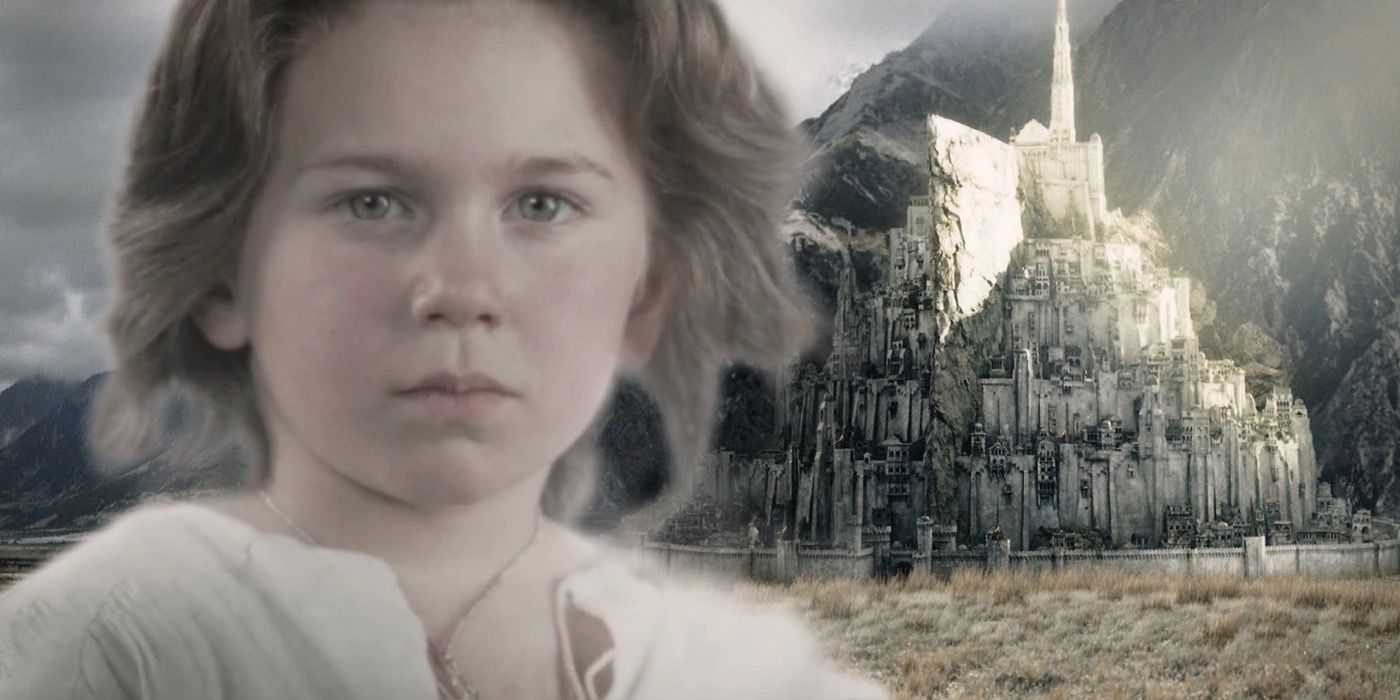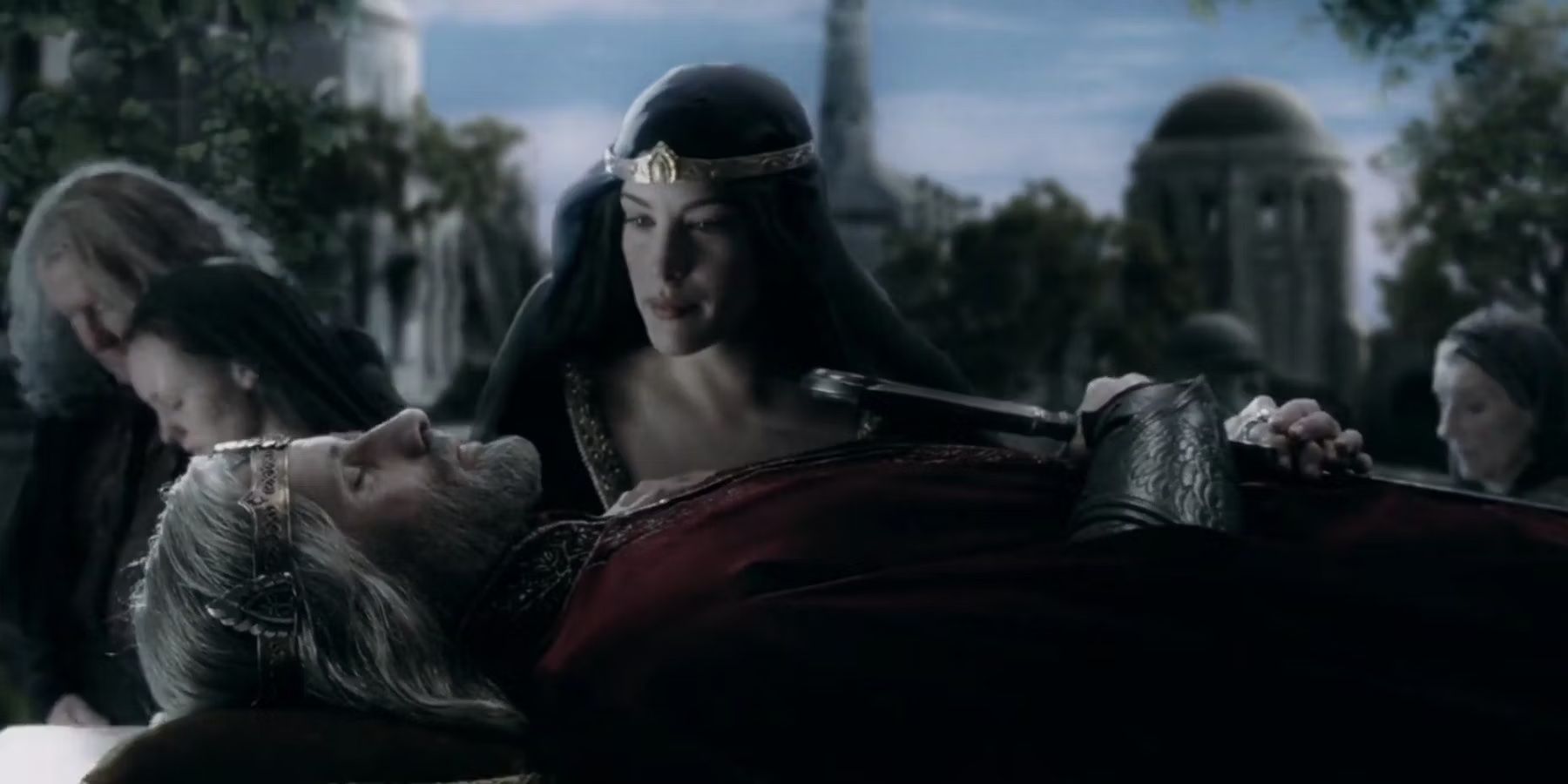
While The Rings of Power concerns the Second Age and what happens to the Númenórean people during that period, The New Shadow would have concerned the Númenóreans in the Fourth Age. In particular, Tolkien’s manuscript concerned the conversation between two men, Borlas and Saelon. The two men discuss something called the Dark Tree—a new threat in Middle-Earth after the fall of Sauron. Beyond the 13 pages of their conversation, there isn’t much to expand on—and because of this, the men’s situation comes off as somewhat hopeless. Both men are unsure how to deal with the Dark Tree, and few solutions to the problem are presented.
Why Tolkien’s “The New Shadow” Didn’t Happen

The reason Tolkien abandoned The New Shadow was that he felt it was too dark and sinister to tell. What’s more, The New Shadow would not have continued an old tradition in Lord of the Rings, which is to have a Hobbit protagonist alongside a wizard. Most of the more exotic races are waning at this point in Middle-earth’s history, which is why the Fourth Age is also known as the “Age of Men.” Unlike the Hobbit protagonists of Tolkien’s previous stories, men were easily corrupted by evil—which is mostly where Tolkien was going with the The New Shadow‘s threat of the Dark Tree.
Tolkien is no stranger to writing depressing and dark tales. Much of The Silmarillion (though unpublished during his lifetime) ends in tragedy. By contrast, The Hobbit was very much a light-hearted children’s tale, while The Lord of the Rings took a slightly darker, more grown-up approach to fantasy. Similar to how The Rings Of Power included the great wave vision, consisting of the destruction of Númenor. Regardless, Tolkien likely did not wish to write and publish a dark and depressing sequel to The Lord of the Rings—since it would undermine the heroes’ triumph over Sauron.
The New Shadow Was The Wrong LOTR Sequel
.jpg)
Of the few events in the Fourth Age that Tolkien wrote about, Borlas and Saelon fighting against the Dark Tree was not the way to go. Instead, it would have been better to write a short sequel that wrapped up the adventures of the Fellowship. For example, during The Two Towers book, Legolas and Gimli agree to travel with one another to Fangorn Forest and the Glittering Caves when the war is over. This could easily have been a more interesting and lighthearted sequel. Nevertheless, dooming Middle-earth after Sauron’s defeat was not The Lord of the Rings sequel the people needed nor wanted—and Tolkien knew it.





